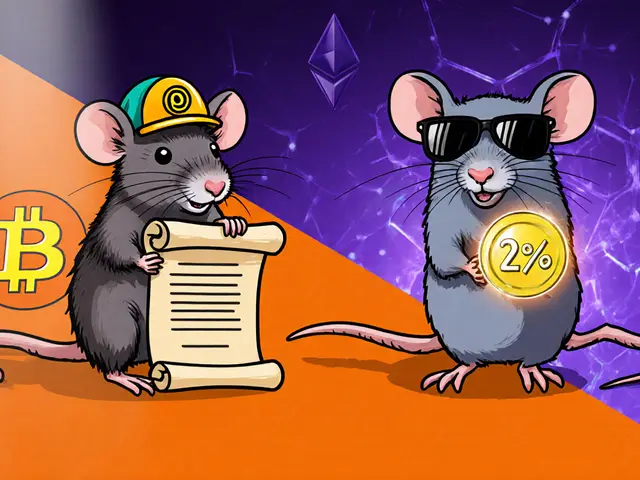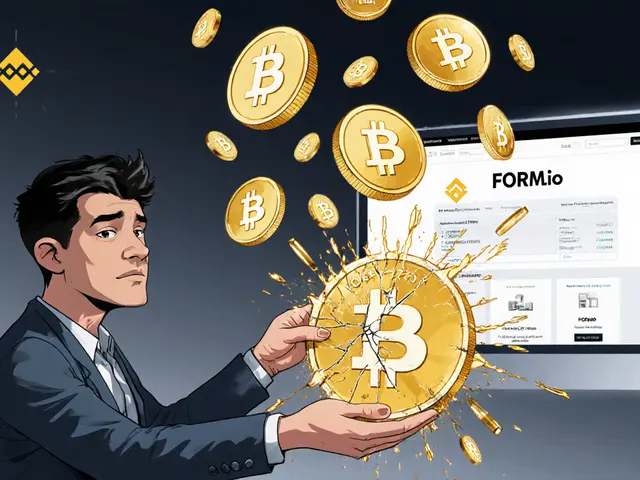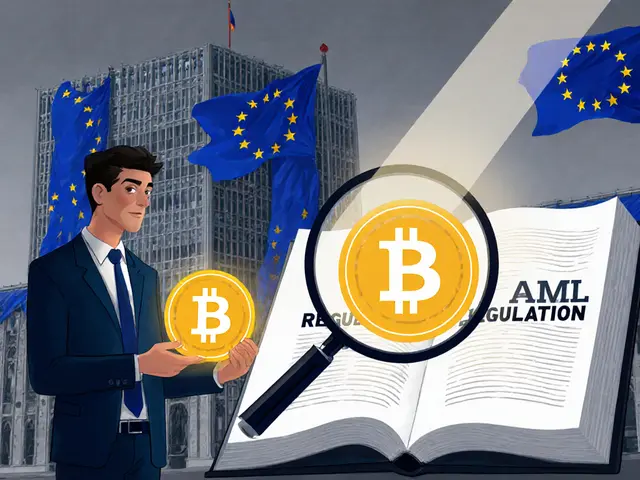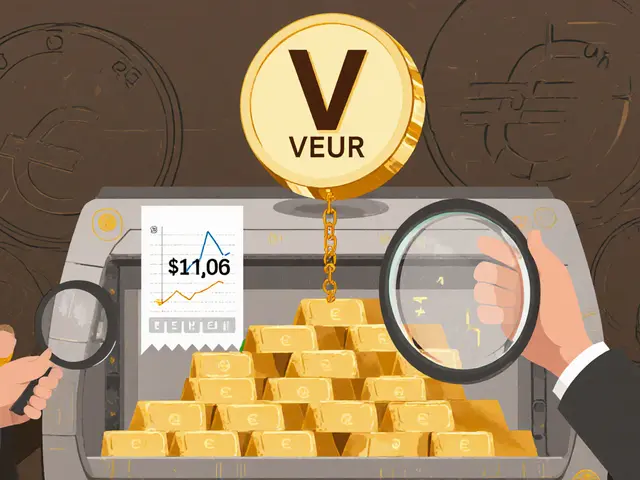Floor Price: What It Means for NFTs, Crypto Collectibles, and Trading
When you see floor price, the lowest price at which an NFT in a collection is currently listed for sale. It’s not just a number—it’s the baseline that tells you if a collection is gaining traction, collapsing, or being manipulated. Think of it like the lowest rung on a ladder: if the floor drops, the whole thing feels unstable. If it rises steadily, people start paying attention. This metric matters most in NFTs and crypto collectibles, where value isn’t set by earnings or dividends but by what someone’s willing to pay right now.
Behind every NFT floor price, the minimum listing price for the cheapest asset in a collection. Also known as collection floor, it’s the first thing traders check before making a move is a mix of supply, hype, and real demand. A low floor doesn’t always mean a bad project—it could mean early adoption. A high floor doesn’t guarantee success—it could mean a pump-and-dump. Look at Collector Crypt (CARDS), where floor prices stayed steady because real trading cards backed the NFTs. Compare that to fake meme coins like OmniCat (OMNI), where floor prices were faked with bots and vanished overnight. The difference? One had utility, the other had noise.
What affects floor price? Trading volume, community activity, and whether the collection has real use cases. If a project like interoperable gaming NFTs, digital assets that work across multiple games starts letting you use your NFT in three different games, the floor price climbs because ownership becomes more valuable. But if the project disappears, or the marketplace freezes, the floor can crash faster than a DeFi liquidation. That’s why you need to watch not just the number, but the volume behind it. A floor price of $50 with $100,000 in daily sales? That’s real. A floor of $50 with one sale a week? That’s a ghost town.
And don’t ignore the context. Floor price means nothing without knowing the total supply, how many holders there are, and whether the collection is being actively traded. Some NFTs have low floors because they’re stuck in wallets—no one’s selling. Others have low floors because everyone’s dumping. The posts below break down real cases: from the $124M monthly volume of CARDS to the empty shells of tokens with no trading activity. You’ll see how floor price isn’t just a number—it’s a story. And if you know how to read it, you’ll avoid the traps and spot the real opportunities before the crowd does.






